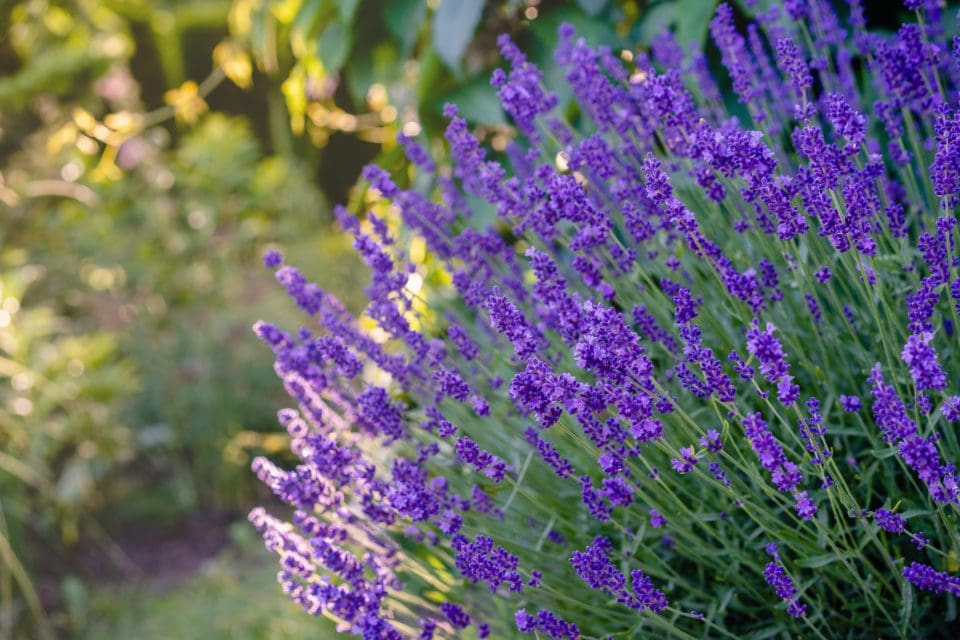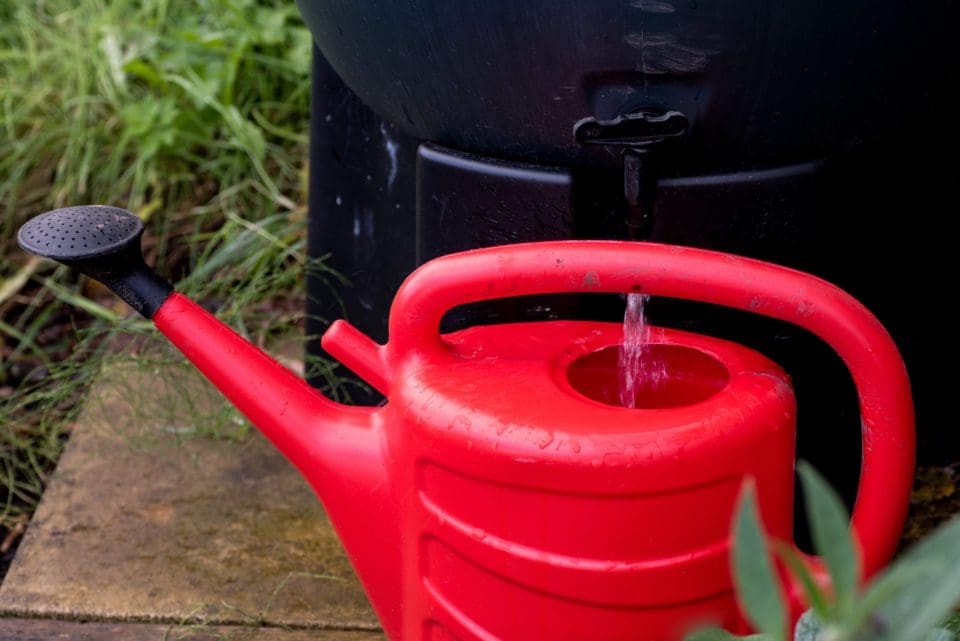UK gardeners must adapt their habits to deal with extreme heat and drought brought about by climate change, says national horticultural charity, Garden Organic.
Nine of the 10 warmest years for the UK have occurred since 2002, and the country is bracing for a major drought and experiencing extreme heat this summer.
Garden Organic is warning that extended periods of increased temperatures and drought can be damaging to our gardens and increase the risk of wildfires.
Climate change gardener, Kim Stoddart, author of The Climate Change Garden book and editor of The Organic Way magazine for Garden Organic said:
“Too much direct sunlight can be harmful to our plants, affecting growth and necessitating extra watering – thereby using a scarce resource that might not always be available.
“Dealing with excessive heat weakens plants in the long term too by impacting their ability to cope with other types of extreme weather conditions, such as harsh winters.”
“But there are steps you can take to safeguard your plants and garden sustainably.”
Kim suggests following the tips:
1. Cover bare soil to avoid moisture loss. When a drought looms apply a mulch after a deep watering, especially around thirsty plants. Use good, preferably homemade, organic compost – or even something as simple as grass cuttings. This will also improve the condition of your soil enabling it to retain water and nutrients for longer.
2. Think before you grow. If you know your area of the country is particularly susceptible to droughts and extreme heat, look for drought tolerant plants such as lavender, rosemary and thyme or sedums, sempervivums or yucca. Consider perennials for the ultimate in low maintenance planting. Their deeper root structures enable them to seek out water over a much wider area, so once established you can mainly just let them be.
3. Consider creating shade. Although a south facing space can be a glorious sun trap, when it comes to weeks upon weeks of heat, some shade for part of the day can be a useful ally. Although you don’t want to block out light altogether, tall plants like sunflowers or Jerusalem artichokes can be used to offer some shade to surrounding planting.
4. If your compost heap is looking dry, make sure you’re keeping it topped up with 50/50 greens, such as raw veg peelings, grass clippings and weed foliage, and browns, such as cardboard, paper and woody prunings. This will keep the process working well whatever the weather.

Emma O’Neill, Head Gardener at Garden Organic, also shares her top advice:
1. Prioritise which plants need water most. Mature shrubs, trees and grass do not need watering as they will recover quickly, but food crops, pots and hanging baskets, and young plants will need to be looked after.
2. Water carefully in the right way and at the right time of the day. Watering early in the morning or after dusk prevents water loss through evaporation in the heat, and make sure you always water the soil, not the plant.
3. Watering for longer but less often ensures that water seeps below the surface layer, making water available to the plants’ roots for longer.
4. Use watering cans rather than hoses and sprinkler systems – they will allow you to be more accurate and less wasteful with your watering.

“Being prepared for droughts by collecting and storing waste water is also important,” explains Emma. “Installing water butts to downpipes, or improvising with recycled containers such as old buckets or even discarded central heating tanks will help to collect rain water, so there is no need to use precious tap water. Make the most of grey water by using rinsings from washing vegetables and salads. Washing up water and bath water is also okay in limited quantities. But don’t use too much of these as concentrated detergents and soap may harm your plants.
“As our weather becomes more extreme and droughts more frequent gardeners need to protect their gardens to ensure they thrive.”
Gardeners can receive more help by becoming a member of Garden Organic. Benefits include individual expert advice via email, as well as online guidance and factsheets. Looking after gardens through climate change is just one of the topics covered, along with how to grow in a more sustainable and environmentally friendly way.
Further information on how to grow the organic way, including how to manage with weather extremes, and on becoming a member can be found by visiting the Garden Organic website at www.gardenorganic.org.uk.





